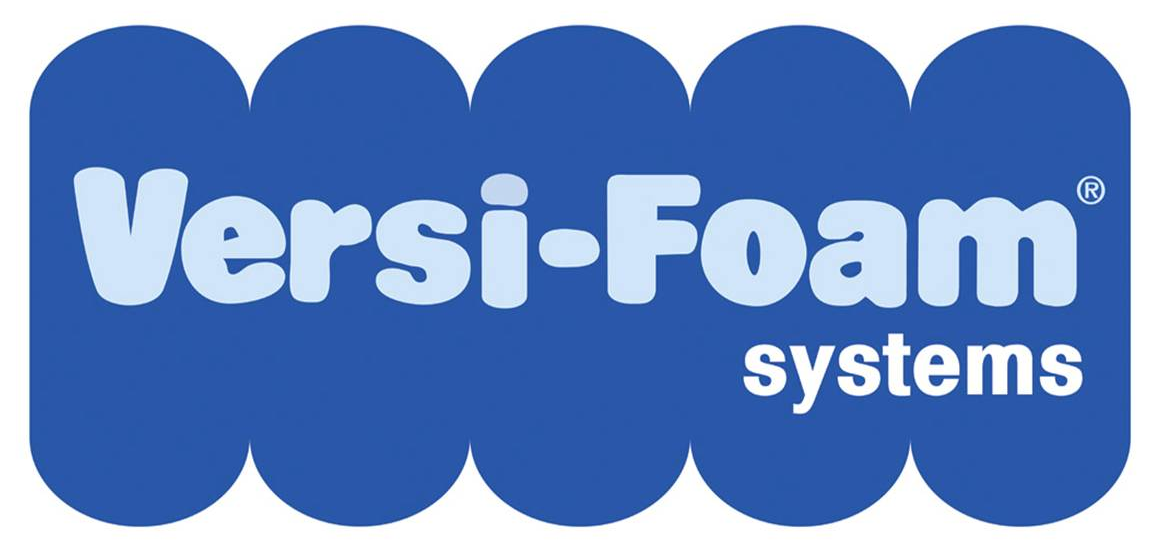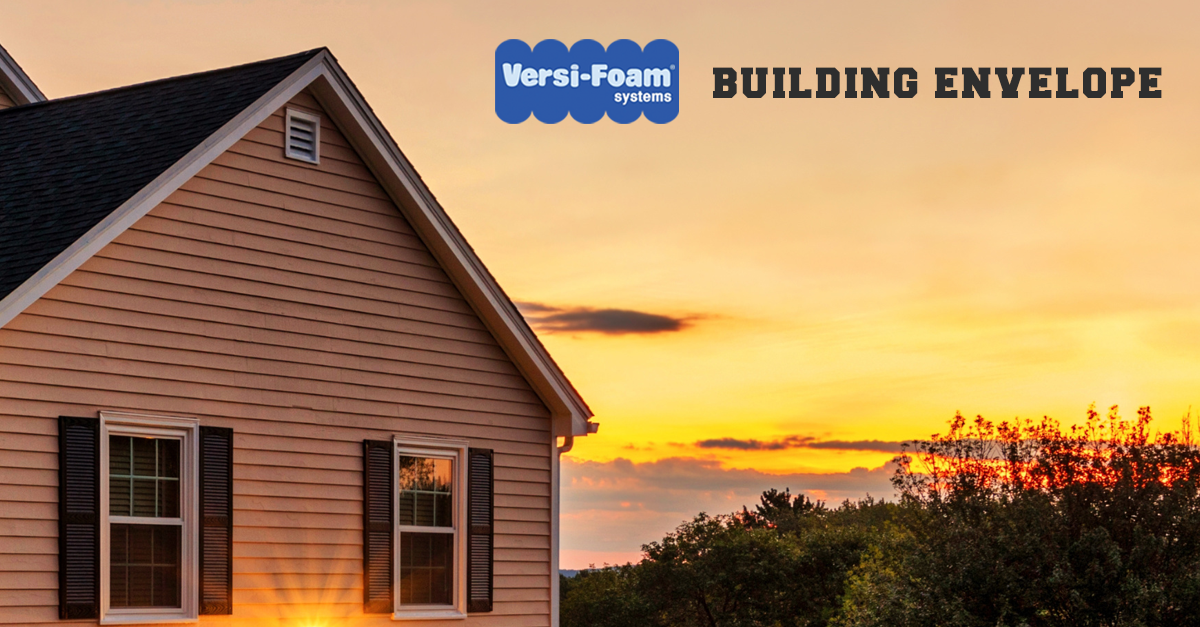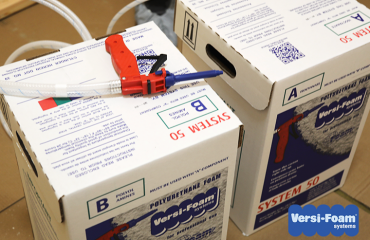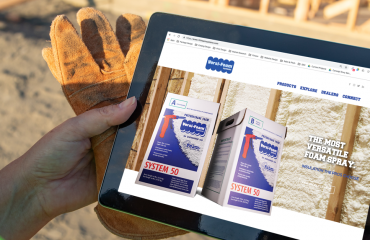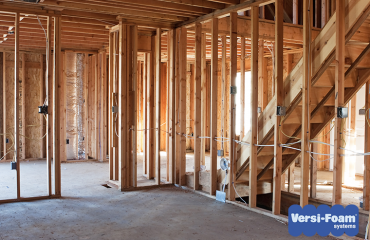In our energy conscious world, much has been written about R values and net zero energy buildings. People differ on the methods and timeline for achieving environmental sustainability. However, most of us understand that reducing carbon gasses from fossil fuels needs to be a priority. One important step in this direction is ensuring that your home or commercial building has a tight building envelope.
What is the building envelope?
According to Wikipedia, the building envelope “is all of the elements of the outer shell that maintain a dry, heated, or cooled indoor environment and facilitate its climate control.” It is the system of components that protects against movement of air, moisture and heat. Or to put it another way, the physical construction that separates the conditioned areas inside a building from the unconditioned areas outside of the building. Contractors and builders pay attention to the building envelope during construction when they work to eliminate openings in the foundation, walls, and roof.
Why is it important?
The air barrier system within a building envelope is a critically important element for economic control of moisture, temperature regulation, and for preserving structural integrity. An inadequate barrier system will allow leakage of air through holes, cracks, and gaps. The end result is movement of air, moisture and heat between the conditioned and unconditioned environments. An inadequate barrier system will allow heat to flow through the home and between its surroundings by conduction, convection and radiation. Simply stated, heat will always flow from hot to cold resulting in increased energy costs wherever an inadequate barrier system is present.
When this occurs, rain, groundwater, and moisture vapor cause deterioration in the building’s structure. Uncontrolled air flow makes it too cold in the winter and too hot in the summer. We become uncomfortable in our own homes. If you regularly describe your home as “too drafty”, your building envelope is probably not “tight” enough. A tight building envelope provides numerous benefits including a higher level of personal comfort, energy savings, cost savings, pest control, and fewer expensive repairs from moisture damage. The more airtight the building, the less energy it will use and the lower the cost will be for the property owners or their tenants.
What role does spray foam insulation play?
Spray foam insulation contributes to a better performing building envelope by completely sealing any gaps and crevices. This prevents air infiltration, moisture infiltration, and the intrusion of dirt and pollutants from the outdoors. The air barrier system of spray foam insulation is a critically important element for economic control of heat transfer. An inadequate barrier system will allow leakage of air through holes, leaks, cracks and gaps. This allows heat to flow through the structure and between its surroundings. Versi-Foam provides an excellent barrier system that saves both money and energy.
5 reasons to use spray foam insulation in your building envelope:
- The application is quick, clean, and easy — especially if you choose Versi-Foam with its patented U-Control dispenser
- It provides a better, longer lasting seal than other sealing products.
- It’s good for the environment. The energy loss from air leakage can be as much 40% in the average home. Spray foam insulation saves energy and reduces the use of fossil fuels, thereby helping to reduce global warming gasses.
- It absorbs noise from the outside and inhibits the transfer of sound between rooms.
- It’s the insulator of choice for house flippers such as The Property Brothers and Joanna Gaines.
Use Versi-Foam spray foam insulation to seal and insulate around those leaky windows, doors, attics and other areas in your home. Your home or place of business will be healthier and last longer. And you will feel better and spend less money.
